
Video
Before the American Revolution, the 300 mile coast line of South Carolina was known as the "Kingdom of Rice." Charleston was considered the richest city in Colonial America.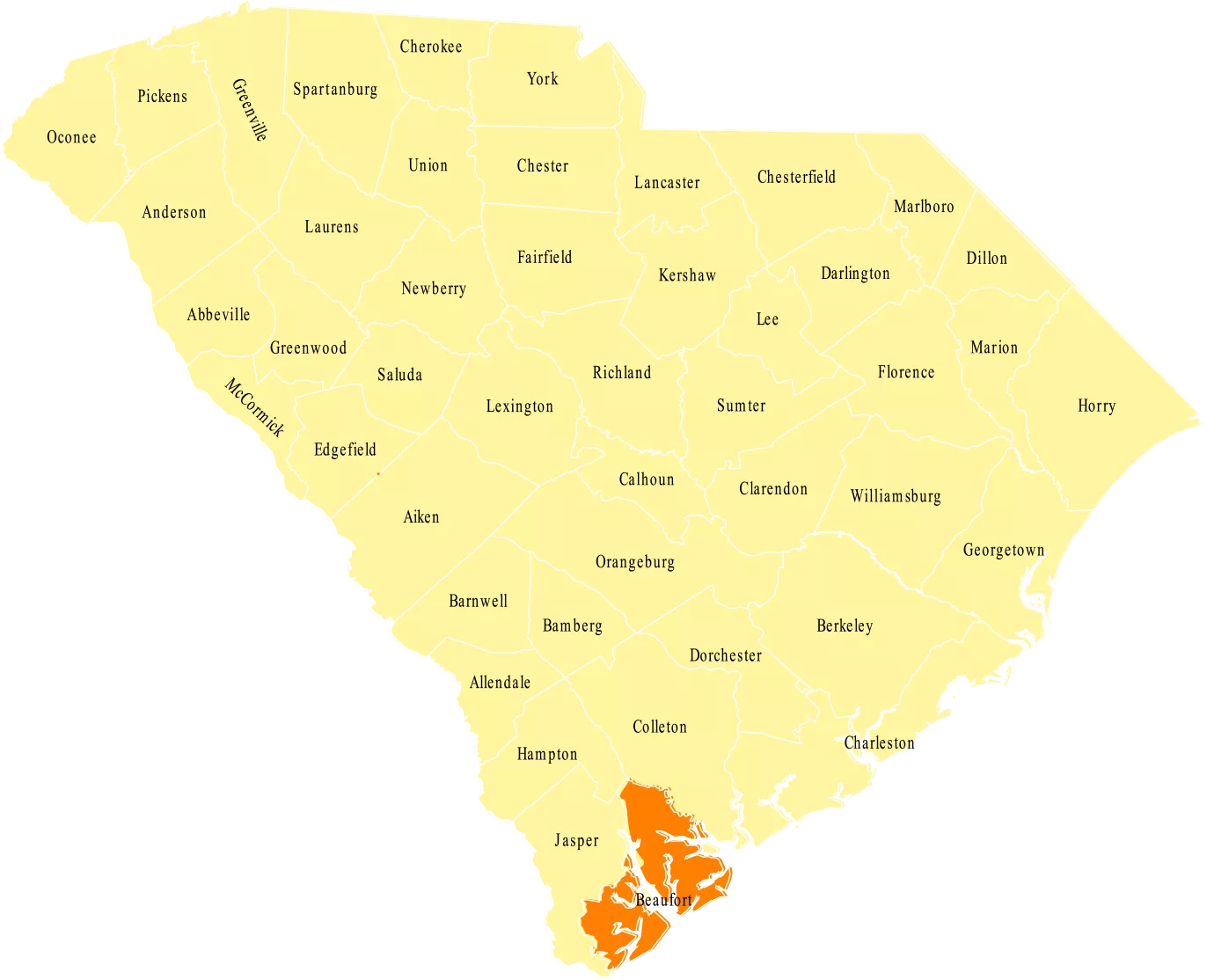
Beaufort County lies in the South Carolina Lowcountry. Tourism is important to the county, as many visitors flock to the area to enjoy coastal waters, barrier islands, wildlife, and historic small towns. A number of notable people have called Beaufort County home, including author Pat Conroy and boxer Joe Frazier. The presence of Gullah culture also characterizes the region. Beaufort, one of the state’s oldest towns, serves as the county seat.
Frenchmen, Englishmen, and Spaniards all attempted to settle in Beaufort County. Comprised of the St. Peter, St. Helena, St. Luke, and Prince William parishes, Beaufort District was created in 1769 and “named for Henry Somserset, Duke of Beaufort.” Points of historical interest in Beaufort County include a number of plantations, the Penn Center, and Parris Island.
About Beaufort County, SC. Accessed June 01, 2016.

Video
Before the American Revolution, the 300 mile coast line of South Carolina was known as the "Kingdom of Rice." Charleston was considered the richest city in Colonial America.
Video
The Civil War marked the beginning of the decline of rice in South Carolina. Although planters continued growing rice during the Civil War, Georgetown experienced an economic down-turn as a result of...
Video
The Middleton Plantation, just south of Charleston, is presently a museum. The Middleton Plantation is an example of rice wealth during the early 1800s, and many other planters sought to style their...
Video
This clip explains the process in which rice is grown, and harvested.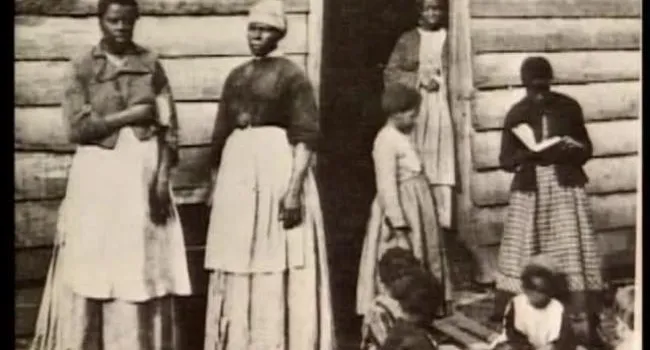
Video
An essay called "The Successful Planter," published in 1832, outlined a system of every day life for slaves living on plantations. State law in the 1830s forbade the education of slaves, but many...
Video
"Saltwater Slaves" brought over from Africa, became highly sought-after, since many of them already had experience growing rice before being brought over to the "New World."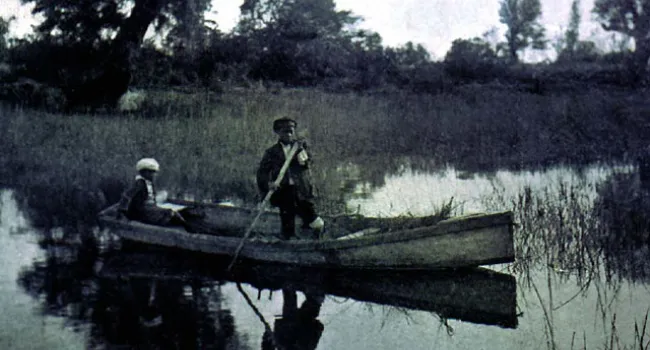
Photo
The children from Pollawana Island in this 1910 photograph came to the Penn School by boat. From the Penn School Collection. Permission granted by Penn Center, Inc., St. Helena Island, SC.
Photo
After the Civil War, the presence of the U.S. Navy at Port Royal consisted of the ex-ship-of-the-line, the U.S.S. "New Hampshire," which was covered over and used to house supplies needed by...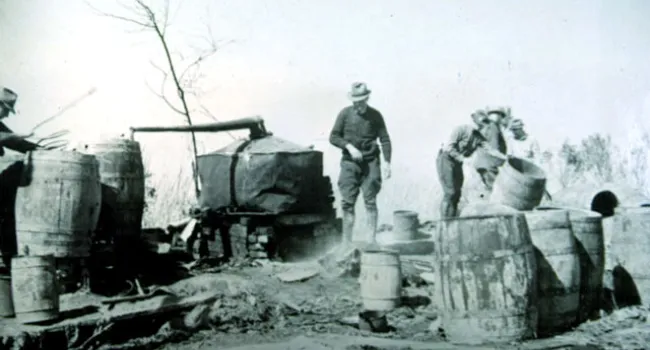
Photo
Harry Melton, an investigator of the South Carolina Alcohol Tax Unit stationed in Charleston, photographed the results of a raid on a moonshine still in the marshlands two and a half miles north of...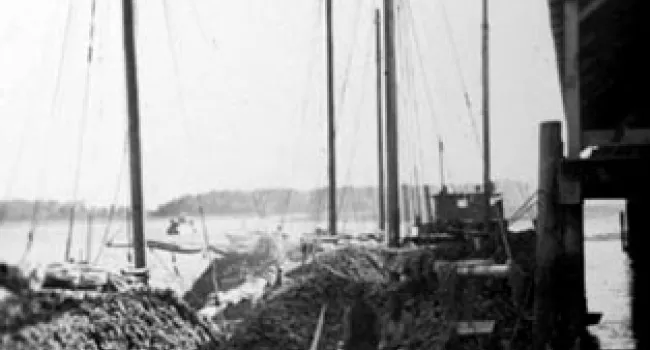
Photo
Oyster boats docked at the Ladies Island Oyster Factory have their ropes neatly coiled, waiting for the next trip to the oyster beds. Beaufort County photograph, Works Progress Administration, 1930s...